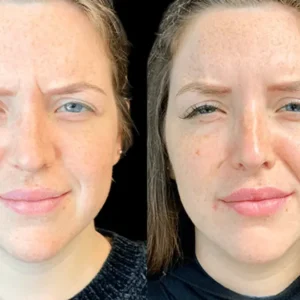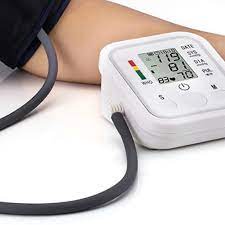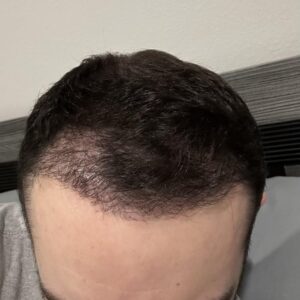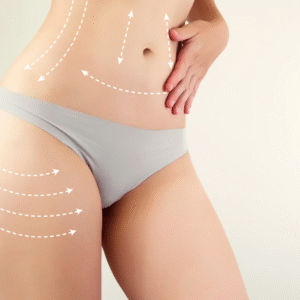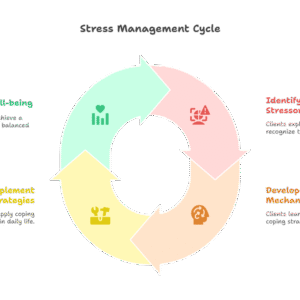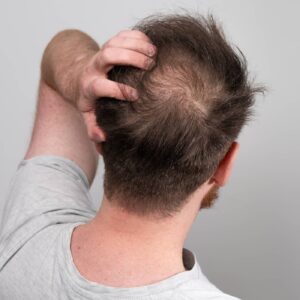Botox has become a household name when it comes to non-surgical facial rejuvenation. It’s known for smoothing fine lines and restoring youthful contours, but how exactly does this injectable work its magic on your facial muscles? In this blog, we’ll explore the mechanisms of Botox, its role in facial muscle behavior, and why it’s such a popular choice for cosmetic treatments. Understanding the science behind this treatment is crucial, especially if you’re considering options like Botox Dubai Silicon Oasis to address fine lines, wrinkles, or other age-related skin concerns.
What is Botox Made From?
Botox is derived from botulinum toxin type A, a purified neurotoxin produced by the bacterium Clostridium botulinum. While the word “toxin” might sound intimidating, the formulation used in aesthetic medicine is controlled, safe, and approved for cosmetic and medical uses.
How Botox Interacts With Facial Muscles?
The Neuromuscular Blocking Mechanism
Botox works by temporarily paralyzing or weakening specific muscles in the face. It does this through a process known as neuromuscular blocking:
Nerve Signal Blockage: Nerves release a chemical called acetylcholine that tells muscles to contract.
Botox Action: When Botox is injected, it blocks the release of acetylcholine.
Muscle Relaxation: Without this chemical signal, the targeted muscles cannot contract.
Visible Effects: As a result, the overlying skin appears smoother, and wrinkles fade or soften.
Common Facial Areas Treated with Botox
| Facial Area | Primary Concern Addressed | Muscle Involved |
|---|---|---|
| Forehead | Horizontal lines | Frontalis |
| Between eyebrows | Frown lines (Glabellar lines) | Corrugator, Procerus |
| Crow’s feet | Fine lines near the eyes | Orbicularis oculi |
| Bunny lines | Lines on the nose bridge | Nasalis |
| Lip lines | Smoker’s lines | Orbicularis oris |
| Chin dimpling | Orange peel texture | Mentalis |
| Neck bands | Vertical neck lines | Platysma |
How Long Does Botox Take to Work?
-
Initial Effects: You may start noticing changes within 3 to 5 days.
-
Full Results: Typically visible after 7 to 14 days.
-
Duration: Effects usually last between 3 to 6 months depending on muscle strength, metabolism, and lifestyle factors.
Step-by-Step Botox Treatment Process
Consultation and Evaluation
-
Facial analysis to determine where Botox is needed.
-
Medical history review to ensure the treatment is safe and suitable.
Preparation
-
The face is cleansed thoroughly.
-
No anesthesia is required, although topical numbing cream may be offered.
Injection
-
A fine needle is used to inject small amounts of Botox into the target muscles.
-
The procedure typically takes 10–20 minutes.
Post-Treatment Guidelines
-
Avoid rubbing the treated area for 24 hours.
-
Stay upright for 4–6 hours post-injection.
-
Avoid strenuous exercise and alcohol for the first day.
Follow-Up
-
A follow-up may be scheduled to assess results and provide touch-ups if needed.
Why Botox is Effective for Wrinkle Reduction?
Unlike topical creams that work on the skin’s surface, Botox addresses wrinkles at the source — the muscles. By limiting muscle contractions, Botox helps in:
-
Preventing new wrinkles from forming.
-
Softening existing dynamic lines.
-
Training muscles to reduce repetitive expressions over time.
Botox for Preventive Aging
Botox isn’t just corrective — it’s preventive too. People in their late 20s to early 30s often begin Botox to:
-
Delay the onset of deep lines.
-
Maintain smoother skin as they age.
-
Create a more relaxed, refreshed appearance.
How Safe Is Botox for Facial Muscles?
When administered by experienced professionals, Botox is very safe. The neurotoxin acts locally and doesn’t travel far from the injection site. Also:
-
It does not damage nerves.
-
Muscle activity gradually returns once the effects wear off.
-
Repeat treatments are safe when spaced appropriately.
Is Botox the Same for Everyone?
Not quite. Each person’s facial anatomy, muscle strength, and aesthetic goals vary, which means Botox treatments should be customized. Factors influencing treatment plans include:
-
Age
-
Skin condition
-
Muscle movement patterns
-
Desired level of correction
Comparing Botox to Dermal Fillers
| Aspect | Botox | Dermal Fillers |
|---|---|---|
| Target | Muscle movement | Volume loss |
| Common Use | Dynamic wrinkles | Static wrinkles, contouring |
| Action Mechanism | Blocks nerve signals | Fills space under the skin |
| Duration | 3–6 months | 6–18 months depending on filler type |
| Treatment Areas | Forehead, eyes, mouth | Cheeks, lips, nasolabial folds |
FAQ’s:
Is Botox Painful?
Most people describe the sensation as a slight pinch. The procedure is quick, and discomfort is minimal.
Can Botox Freeze My Face?
Not when done properly. Overuse or poor placement may cause unnatural stiffness, but expert application maintains natural expressions while softening lines.
How Soon Can I Return to Normal Activities?
You can resume most daily tasks immediately. However, avoid exercise, heat exposure, and lying down flat for the first few hours.
What Happens When Botox Wears Off?
Your muscles gradually regain movement, and wrinkles may start to reappear. Consistent treatments help maintain long-term smoothness.
Can I Combine Botox with Other Treatments?
Yes, Botox is often combined with fillers, chemical peels, or laser treatments for enhanced rejuvenation. Your provider can help create a tailored plan.
Does Botox Affect My Facial Sensation?
No. Botox blocks motor nerves that trigger movement, not sensory nerves, so your ability to feel touch or temperature remains unaffected.
Final Thoughts
Understanding how Botox interacts with your facial muscles can help you make an informed decision about cosmetic treatments. Whether you’re looking to smooth existing lines or take preventive measures, Botox offers a reliable, minimally invasive solution. From expression lines to early aging signs, its ability to relax targeted muscles without affecting surrounding areas makes it one of the most precise tools in aesthetic care.
